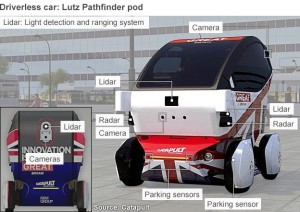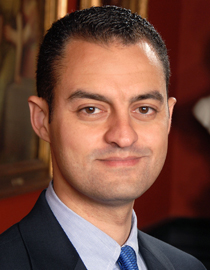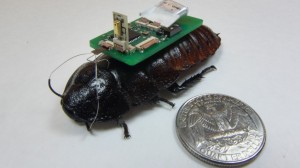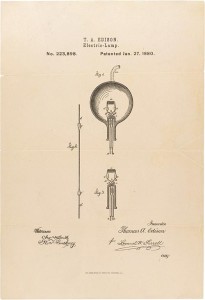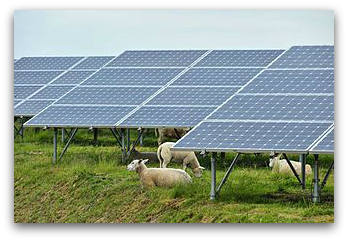 Big ideas are getting harder and harder to find, and innovations have become increasingly massive and costly endeavors, according to new research.
Big ideas are getting harder and harder to find, and innovations have become increasingly massive and costly endeavors, according to new research.
As a result, tremendous continual increases in research and development will be needed to sustain even today’s low rate of economic growth.
This means modern-day inventors—even those in the league of Steve Jobs—will have a tough time measuring up to the productivity of the Thomas Edisons of the past.
Nicholas Bloom, senior fellow at the Stanford Institute for Economic Policy Research and coauthor of a paper released this week by the National Bureau of Economic Research, contends that so many game-changing inventions have appeared since World War II that it’s become increasingly difficult to come up with the next big idea.
“The thought now of somebody inventing something as revolutionary as the locomotive on their own is inconceivable,” Bloom says.
“It’s certainly true if you go back one or two hundred years, like when Edison invented the light bulb,” he says. “It’s a massive piece of technology and one guy basically invented it. But while we think of Steve Jobs and the iPhone, it was a team of dozens of people who created the iPhone.”


